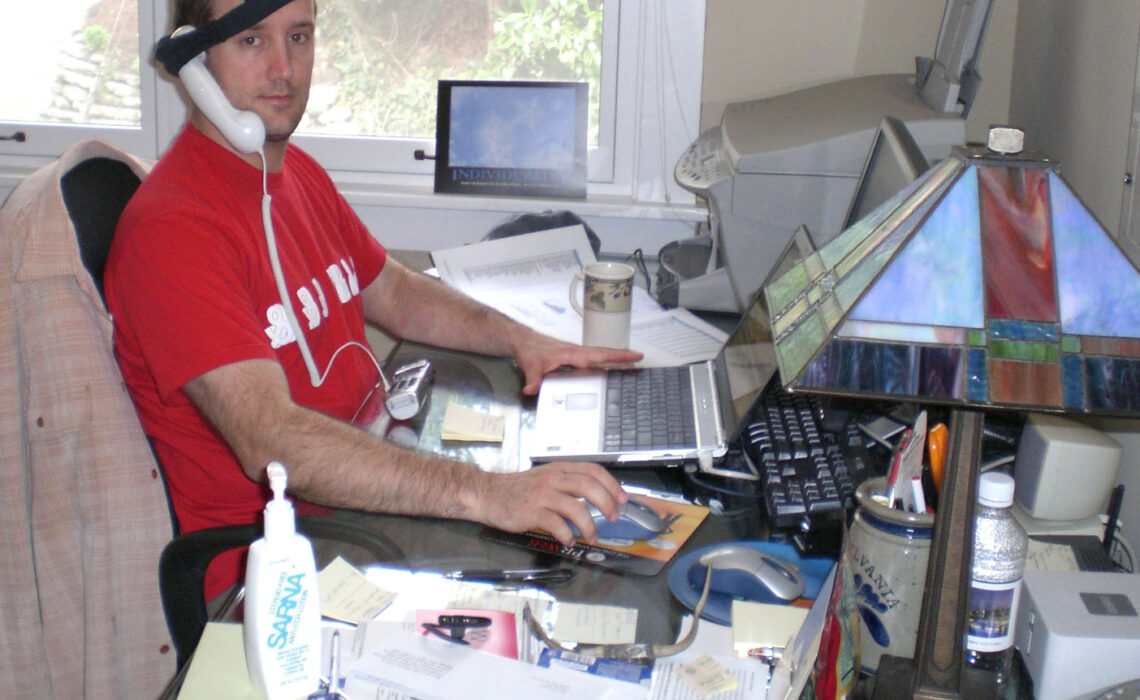
The impact of wearable technology on the Peruvian deaf community cannot be overstated. Wearable technology has revolutionized many aspects of our lives.
People who are deaf encounter particular difficulties in their daily lives, such as difficulties with communication and worries about safety.
However, developments in wearable technology have created new opportunities, giving the deaf greater independence and improving their quality of life in general.
This article will examine the advantages of wearable technology for the deaf in Peru, with a focus on how these developments are enhancing their independence and security.
Communication Assistance
Communication is one of the main difficulties that deaf people encounter.
Traditional methods of communication, like written or sign language, might not always be practical or convenient.
The deaf community has benefited greatly from wearable technology, which is especially suited to aid in communication.
For people who are deaf, smartwatches and smartphones with communication apps and features are essential tools.
These gadgets can translate spoken words into text, enabling the deaf to follow conversations in real time.
Additionally, they help deaf and hearing people communicate by using sign language interpretation during video calls, closing the communication gap.
Wearable gadgets that use text-to-speech technology make it easier for deaf people to communicate.
It is possible to effectively communicate with hearing people who might not understand sign language by typing messages on a small device and then translating the text into spoken words.
Safety Enhancements
Everyone is concerned about their safety, and the deaf is no different.
Numerous safety features made available by wearable technology enable deaf people to live more confidently in their daily lives.
People who are deaf are unable to rely on audible alarms or notifications to warn them of impending danger.
Wearable gadgets, like smartwatches or vibrating wristbands, can, however, send notifications via vibrations.
In order to prevent deaf people from missing crucial cues or emergency situations, these alerts can indicate a variety of events, including doorbells, incoming calls, and fire alarms.
GPS-enabled wearables are now necessary tools for ensuring the security and well-being of hearing-impaired people.
These tools make it possible for loved ones or caregivers to follow a deaf person’s whereabouts in real time.
In an emergency situation or if they disappear, it is possible to locate them quickly and provide assistance right away.
Accessibility and Environmental Awareness
Wearable technology is essential for promoting accessibility for the deaf and ensuring that they can access and participate fully in a variety of activities.
Closed Captioning Glasses:
Wearable gadgets known as closed captioning glasses allow for the real-time captioning of spoken words during presentations, lectures, and other live events.
These glasses use speech recognition technology to display the text directly in the user’s field of vision, doing away with the need for a middle-man sign language interpreter.
Some wearable technology includes environmental sensors that can warn hearing-impaired people about potential dangers or hazardous circumstances.
For instance, if a device detects high levels of carbon monoxide in the environment, it may alert the user visually or audibly so they can take the necessary action.
Education and Skill Development
Deaf people who use wearable technology have more opportunities to advance their education and gain new skills.
Wearable gadgets, such as smartwatches, can be loaded with educational apps and games made especially for the hearing impaired.
With the help of these interactive learning experiences, users can learn vital skills like reading, writing, and math in an entertaining way.
\Wearable technology can help with sign language instruction and practice.
For instance, smart gloves with integrated sensors can recognize hand movements and offer real-time feedback, assisting deaf people in developing their sign language abilities.
These gloves allow users to track their hand movements and compare them to the relevant sign language gestures, receiving immediate feedback on their accuracy and recommendations for improvement.
The instantaneous speech-to-sign translation is possible with some wearable technology.
This technology enables deaf people to understand and interact with hearing people who do not understand sign language.
Expanding opportunities for inclusion and participation, it facilitates interaction in a variety of settings, including workplaces, social gatherings, and educational institutions.
Health Monitoring and Assistance
Additionally, wearable technology has a big part to play in keeping track of deaf people’s health and well-being and helping them manage their medical conditions.
Many smartwatches have health monitoring capabilities, including heart rate monitoring, sleep monitoring, and activity monitoring.
By tracking their levels of fitness, observing their sleeping patterns, and leading healthy lifestyles, deaf people can gain from these features.
Wearable devices can be useful reminders for deaf people who depend on their medications.
These gadgets can be set up to send timely alerts and notifications for medication schedules, making sure that deaf people never forget to take their medications.
Emergency Response Systems
Effective communication is essential in times of crisis.
Wearable technology provides cutting-edge ways for people who are deaf to quickly seek help.
Panic buttons that can be quickly pressed in an emergency can be included in wearable technology.
These buttons have the ability to send alerts to pre-set contacts or emergency response systems, enabling quick assistance when required.
Some wearable technology includes fall detection sensors that can recognize when a person has fallen.
The device can send alerts to predetermined contacts or emergency services upon detection, ensuring that the person receives help as soon as possible.
Conclusion
The lives of deaf people in Peru have significantly improved thanks to wearable technology, increasing their independence, safety, accessibility, and educational opportunities.
Wearable technology has revolutionized communication methods and given the deaf community crucial support in their daily lives through gadgets like smartwatches, smartphones, closed-captioning glasses, and learning apps.
The deaf community now feels more secure thanks to security features like GPS tracking and vibrating alerts.
For those who are looking for additional support, Unspoken Language Services offers interpreting services to help bridge the communication gap between the deaf and hearing communities.
Thumbnail Photo Credit to: Photo by daveschappell

